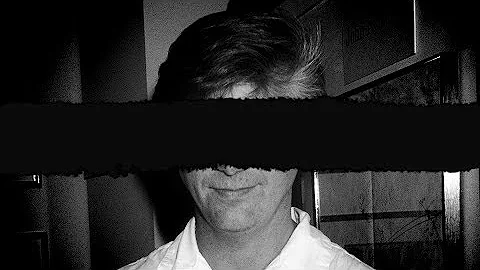John A Kuecken
Deceased
from Pittsford, NY
John Kuecken Phones & Addresses
- 2 Round Trail Dr, Pittsford, NY 14534 • (315)3838321 • (585)3815455 • (585)2640199
- Solen, ND
- Sanford, FL
- Palatine, IL
Work
-
Company:Electromagnetic development engineering
-
Position:Owner
Industries
Electrical/Electronic Manufacturing
Us Patents
-
System For Wireless Collection Of Data From A Plurality Of Remote Data Collection Units Such As Portable Bar Code Readers
view source -
US Patent:55817076, Dec 3, 1996
-
Filed:Jul 27, 1994
-
Appl. No.:8/281501
-
Inventors:John A. Kuecken - Pittsford NY
-
Assignee:PSC, Inc. - Webster NY
-
International Classification:G06F 1300
-
US Classification:39520013
-
Abstract:In order to collect data messages at a base station which is in radio communications with portable data collection terminals, such as bar code readers, that may move between different locations, all remote from the base station, a set of successive polling messages are broadcast from the base station addressed to different individual remote units during successive polling cycles. Increases in speed of polling cycles are obtained by eliminating from the polling cycle messages addressed to remote units which are turned off, or are inactive for a time since the unit recently sent data to the base station. During the last polling cycle in a set, the base station transmits acknowledgment of the collection of valid data to all of the units which have transmitted data. The time required for data collection depends upon the activity of the units and complex error and collision avoidance codes are not required. The system is also adapted for use with polarization diversity radio transmission whereby the one of a pair of antennas disposed at the base station in polarization diversity relationship (orthogonal to each other) can be selected for transmission for each units next poll depending upon which of the antennas received the strongest poll response signal from that unit on the previous cycle of polling signals.
-
Automatic Telephone Directory Message System
view source -
US Patent:43272517, Apr 27, 1982
-
Filed:Mar 17, 1980
-
Appl. No.:6/130948
-
Inventors:Joseph Fomenko - Rochester NY
John A. Kuecken - Pittsford NY
James J. Sloboda - North Rose NY -
Assignee:Radionics Inc. - Webster NY
-
International Classification:H04M 105
H04M 1110 -
US Classification:179 1SM
-
Abstract:An automatic telephone directory system is interactive with users over telephone lines and provides voice messages to callers where the user wishing to leave a message enters his user code number and numbers representing messages, which may include any phone number at which the user may be reached, if available. Messages may be removed from the directory or changed. Callers obtain the messages over the directory telephone lines by entering the user code number identifying the user party which the caller wishes to contact. Then the system transmits the voice message to the caller. The user code numbers and numbers representing the messages entered by the user are stored in separate locations in memory. The system counts calls for directory service and removes the user code number and the message accompanying it, if a call for that user is not received during a predetermined number of calls to the directory thereby enabling removal of stale messages automatically. A speech synthesizer has a vocabulary of words corresponding to the message numbers and instructional words.
Isbn (Books And Publications)


Starting and Managing Your Own Engineering Practice
view sourceAuthor
John A. Kuecken
ISBN #
0442245130

Exploring Antennas and Transmission Lines by Personal Computer
view sourceAuthor
John A. Kuecken
ISBN #
0442247141

How to Measure Anything with Electronic Instruments
view sourceAuthor
John A. Kuecken
ISBN #
0830600256


How to Make Home Electricity from Wind, Water, Sunshine
view sourceAuthor
John A. Kuecken
ISBN #
0830611282


How to Measure Anything with Electronic Instruments
view sourceAuthor
John A. Kuecken
ISBN #
0830613064
Name / Title
Company / Classification
Phones & Addresses
Owner
Kuecken, John
Consulting Engineering Firm
Consulting Engineering Firm
2 Round Trl Dr, Pittsford, NY 14534
(585)3815455
(585)3815455
Resumes

Owner, Electromagnetic Development Engineering
view sourcePosition:
Owner at Electromagnetic Development Engineering
Location:
Rochester, New York Area
Industry:
Electrical/Electronic Manufacturing
Work:
Electromagnetic Development Engineering
Owner
Owner
Youtube
Get Report for John A Kuecken from Pittsford, NYDeceased





